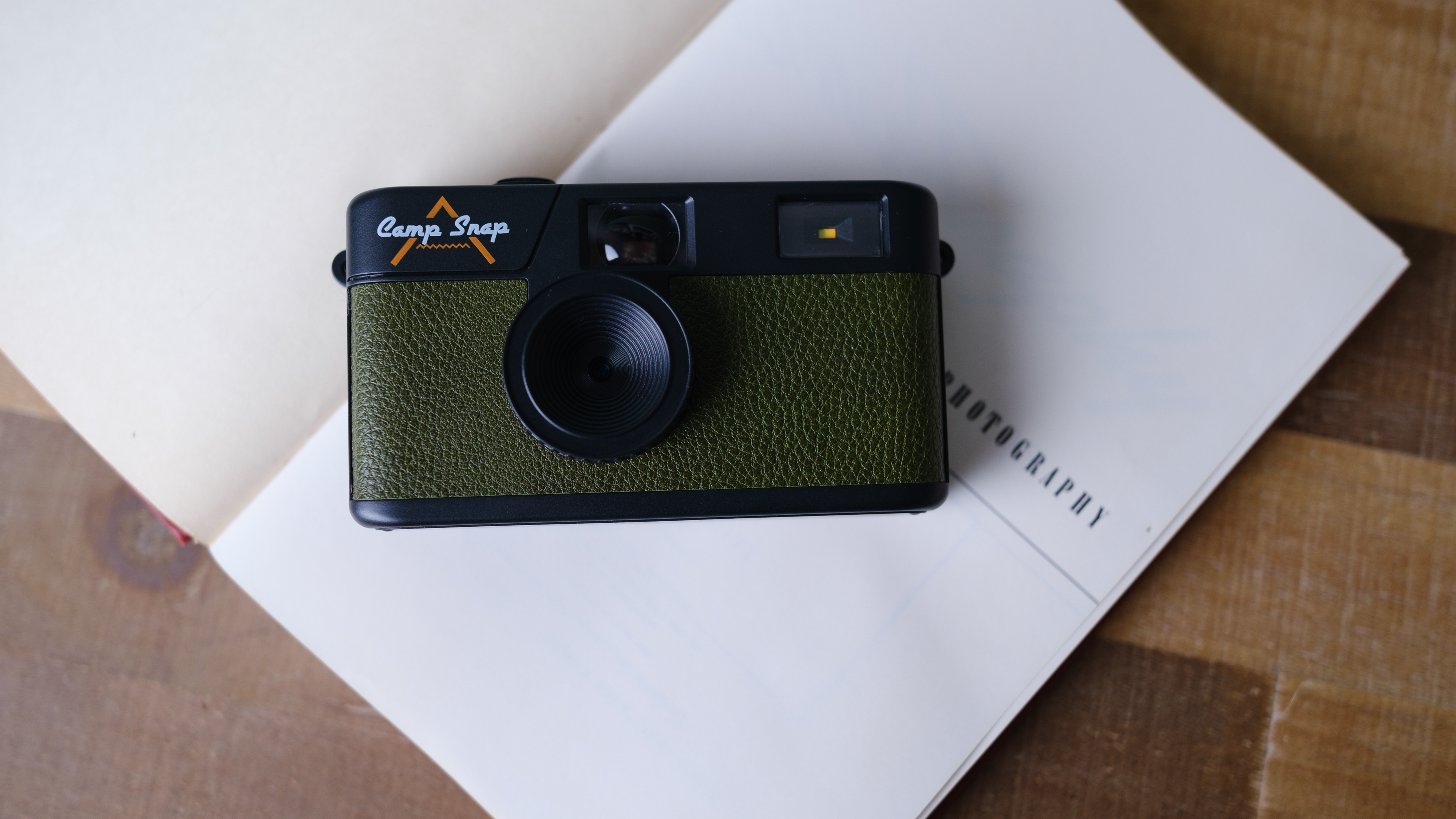Listen up! We explain how to record and publish your own photography podcast
Creating a podcast provides an opportunity to network, inspire others and even generate an income
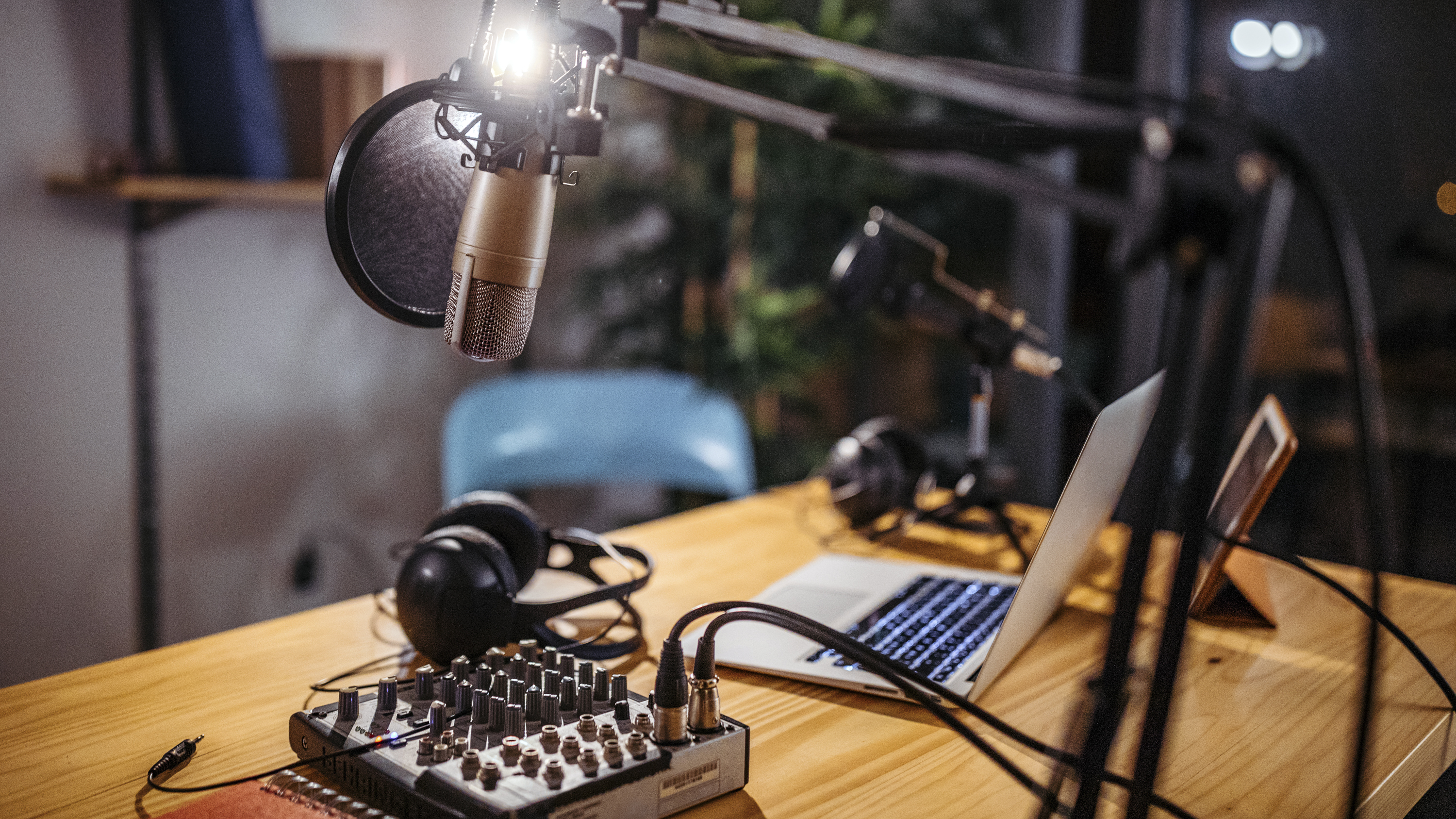
There are so many compelling reasons for a photographer to create a podcast – and you don't have to be a pro. For the keen storyteller, recording interviews enables you to engage with other creatives and bring their narratives to a wider audience. It's also a great way to expand your own network. Going solo is another option, and you could put together episodes on anything from commentaries on your images to gear reviews, or opinion pieces on topical news from the photo industry.
From a marketing perspective, podcasting works well as a brand extension – something that doesn’t make your photo business money in itself, but helps to increase exposure and awareness of it. There’s a reason why so many celebrities and high-profile individuals have jumped onto the platform in recent years.
• Listen to the 20 best podcasts for photographers
Like most successful creative endeavors, however, there’s no quick route to success. The best (and best is a subjective term, of course) shows are those that regularly feature engaging or insightful content, relaxed guests, top audio quality, as well as an easy-to-understand handle.
So what do you want your podcast to sound like, look like, and focus on? We can’t answer these questions for you, but we can provide practical tips for getting started.
Read on, and discover how to plan content, record and edit quality audio, and then distribute your shows when they’re ready to go live. The popularity of podcasting has boomed in recent years, and we have some pro podcasters here who have shared their insights and approaches.
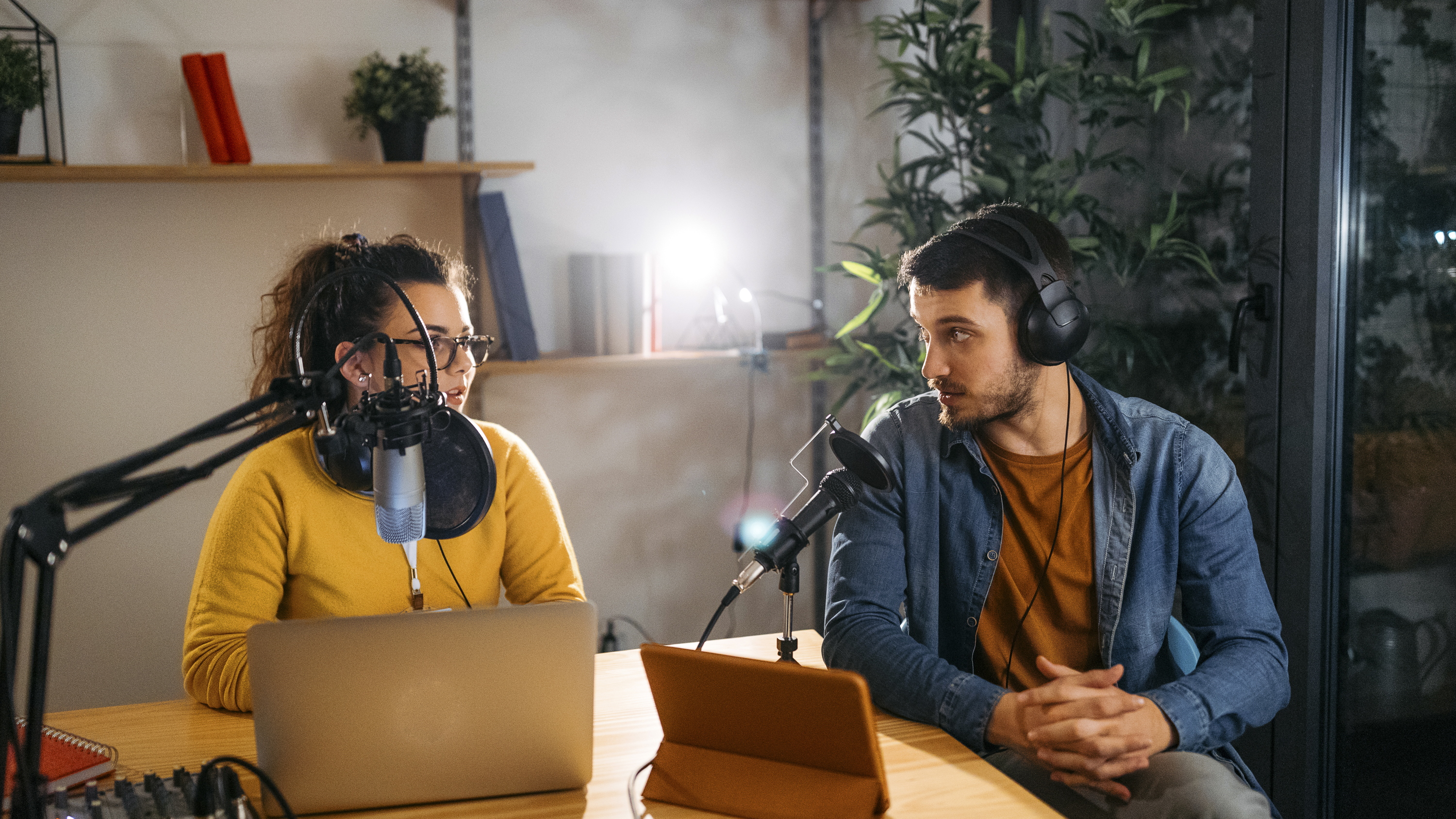
Plan your podcast
Start by asking yourself, “Why do I want to start a podcast?” It’s a saturated space, so if your plan is to make cash quickly, think again. We spoke to professional landscape photographer Sam Gregory, co-host of The Togcast, to find out why he saw value in podcasting and sought to create his own.
Get the Digital Camera World Newsletter
The best camera deals, reviews, product advice, and unmissable photography news, direct to your inbox!
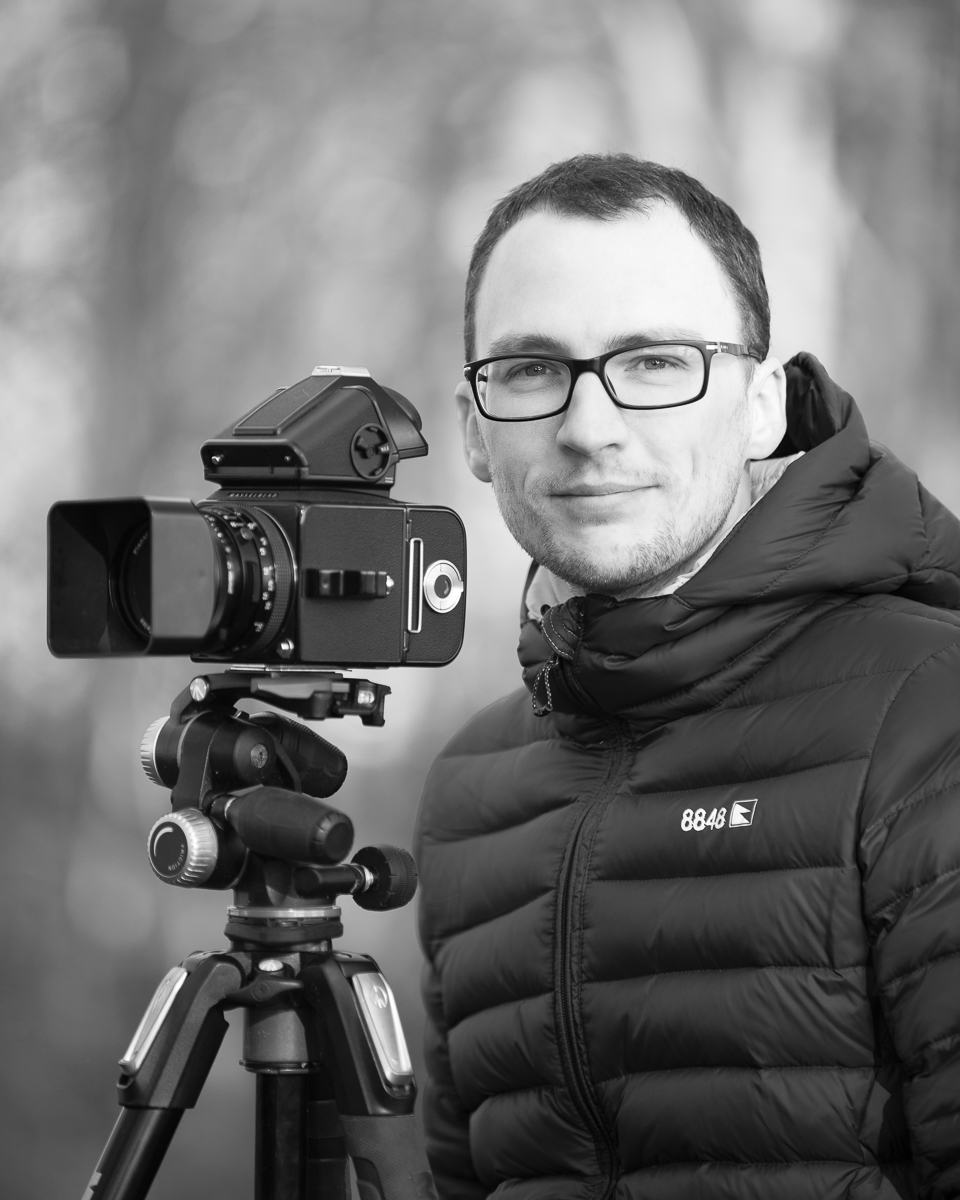
Sam Gregory is a professional photographer and videographer based on the south coast of Dorset, England. Now his focus is on working within the landscape, both natural and man-made to explore story-telling opportunities. Although not currently running, Sam was one half of the popular photography podcast The Togcast.
“The podcast genre has allowed people to find audio content in their own specific niche areas of interest,” Sam says. “Essentially, it’s like having a personalized radio station, all for yourself, so you can play what you want, when you want, wherever you may be. They’re usually free, can be easily downloaded, and it makes perfect sense to listen to something you’re interested in while you travel.”
Finding a niche for your own show is a good place to start out, as you don’t want to end up mimicking established podcasts and competing for airtime. Being authentic is also vital to success in the modern era. If you’re not passionate about your guests or your content ideas, this is likely to come across in the finished show.
Sam started The Togcast with co-host and fellow pro Paul Sanders (who we've spoken to a lot before) in 2016, with the pair focusing on long-form interviews with leading photographers. “I couldn’t find anyone already producing what I wanted to hear myself as a photographer,” he says. “The podcasts that were around [then] were usually gear-based, or single photographers talking about their own work or travels. I wanted to hear from a range of photographers in long and stimulating interviews to understand their processes, motivations and their work. I could see there was a community of landscape photographers in particular, but no glue binding them together in terms of unique, interesting and engaging audio content.”
Starting a show from scratch might seem daunting, but regularity is an important component for podcast listeners. At the very beginning, The Togcast duo made a long list of photographers whose work they were interested in, and progressed through this for the first two years. “Contact was usually made through friends of friends, or direct to photographers through their social channels or websites,” Sam says.
Having a schedule for episodes also helps to stay on track and keep the momentum going. “We release two episodes per month and are interested in learning about a photographer’s motivations, stories, challenges and inspiration. We mainly cover the landscape genre but have also featured wildlife and documentary photographers.”
Guests on The Togcast have included names such as Joe Cornish, Charlie Waite, Valda Bailey, Rachael Talibart, Verity Milligan, and Martin Parr, but Sam believes it’s important to choose photographers who have something unique about their work – including ‘lesser-known’ photographers as well as well-known names. “Arguably we could grow more if we hunted guests according to their social media reach (to access more listeners) but that would be contrary to our original motivations,” he explains.
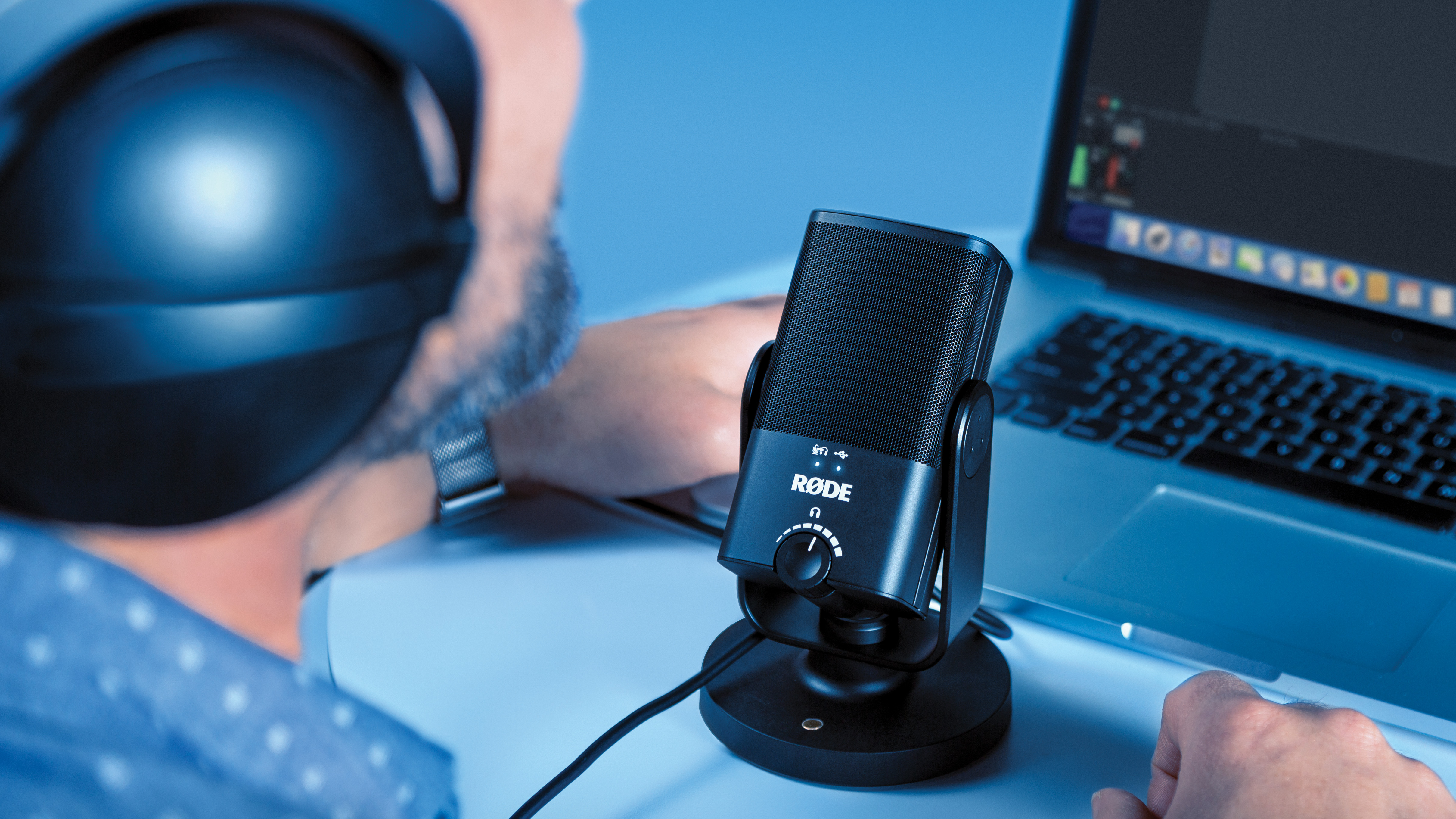
Record episodes
Every photographer has a presenting style that’s right for them, but don’t panic if you can’t find yours straight away. Relax into the process, and your approach should come across more organically. For The Togcast, the tone is friendly and informal. “Paul and I always set out to have conversations with the guests as opposed to interviews. We record 99 per cent of the interviews in person instead of video calls, as this lets us build a rapport... and a more personable conversation,” Sam says.
If your plan is to interview others, consider whether to set questions beforehand or go with the flow. “[Paul and I] both approach this differently,” Sam admits. “I tend to have various key topics: four or five major parts of their work I’d like to touch on and then some specifics. I research and make these notes beforehand so when in conversation I’m not referring to them. Previously I had specific questions, but the issue then is you’re searching for questions and not listening and reacting to the answers as you should be!”
Once you’ve found an angle and approached some guests, you’ll need to consider the logistics involved, such as how you’re going to record the audio. This is a new skill for many photographers, but it’s vital to get right. Sam advises, “High audio quality is really important if you want to deliver a quality podcast that listeners can trust and enjoy,” says Sam. “Grab yourself a good microphone, such as the RØDE NT-USB or RØDE smartLav+ lapel mics. These go into a small portable recording device, which is useful if you’re on the move.”
• In need of the best lavalier microphone?
If you record interviews on location, wind and other ambient noise can lead to questionable audio quality, so after recording, use post-processing tools to develop your clips into clear audio content. Sam uses a program called Reaper, but free digital editors such as Audacity are also out there. In the same way that you would with image files, keep your podcast files organized. Use consistent folders structure filenames.
In terms of the general skills needed to succeed with podcasting though, Sam believes these depend on what you want to get out of the process. “If you deem success to be financial reward, then the most useful skills would be marketing based: a good understanding of how to leverage social media to reach your potential audience.”
If you want to create insightful content that teaches you along the way, the best skills are based around curiosity and knowing when to listen and not to talk. “Ideally, you’d manage in both of the outlined scenarios,” Sam muses.
There are challenges for photographers wanting to record a podcast, but many upsides too. “You meet other photographers, share your ideas, stories, inspirations and you can always learn something from everyone you spend time with.”
Publish a podcast
You need to upload your files to a media host and then publish them on the popular platforms from there. Here are four major podcast hosts.
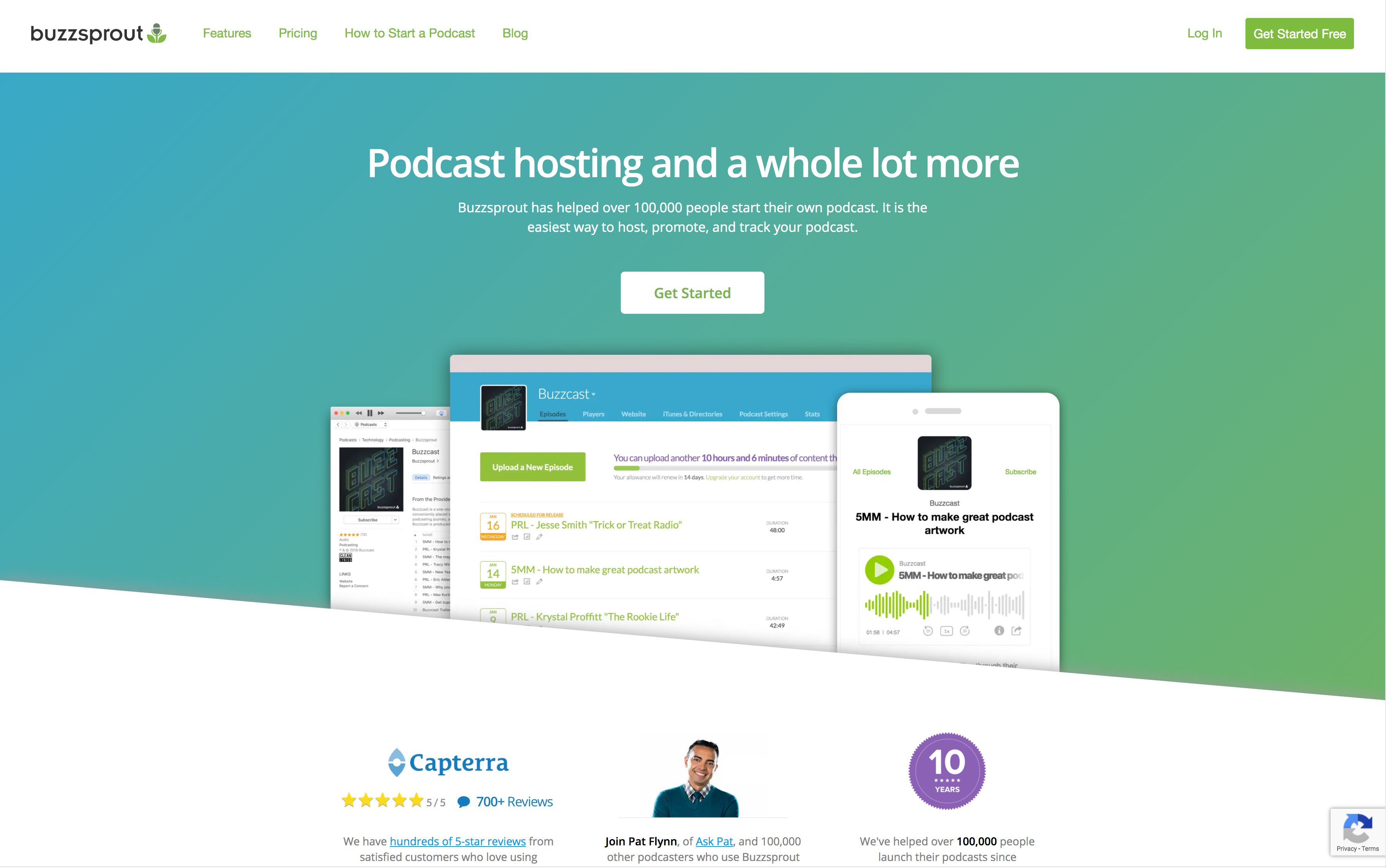
Buzzsprout
Buzzsprout lists in all of the top podcast directories. It’s free for 90 days, and has different price plans depending on how many hours you want to upload each month. See stats such as your total downloads over time, what apps people are using to listen to your podcast, and where people are listening from.
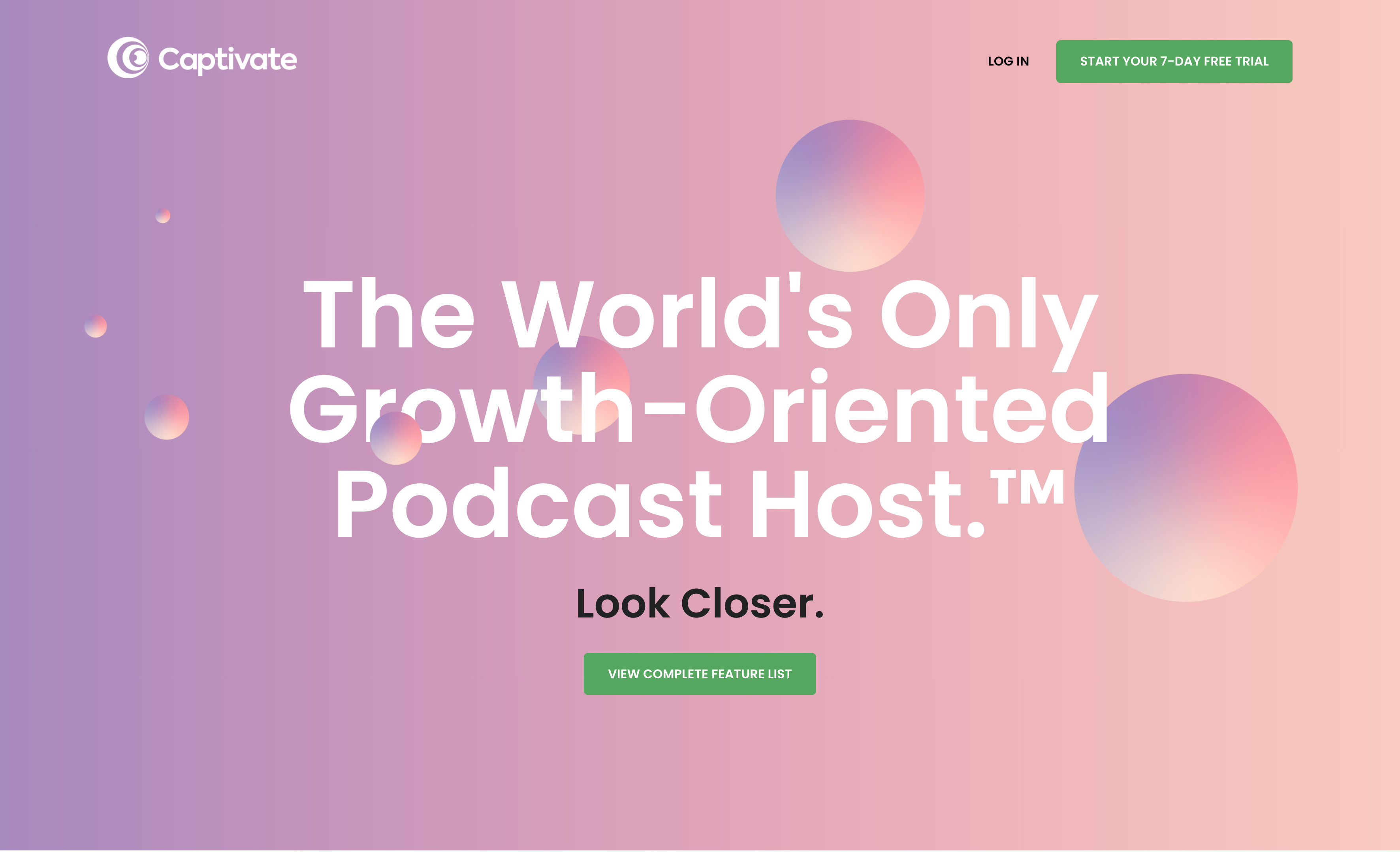
Captivate
Captivate has a clean interface that’s easy for beginners to navigate around. There’s solid stats for every user (starting at $19) not just those on the highest price plans. You get unlimited podcasts/RSS feeds for one price per month – and only pay extra for more downloads.
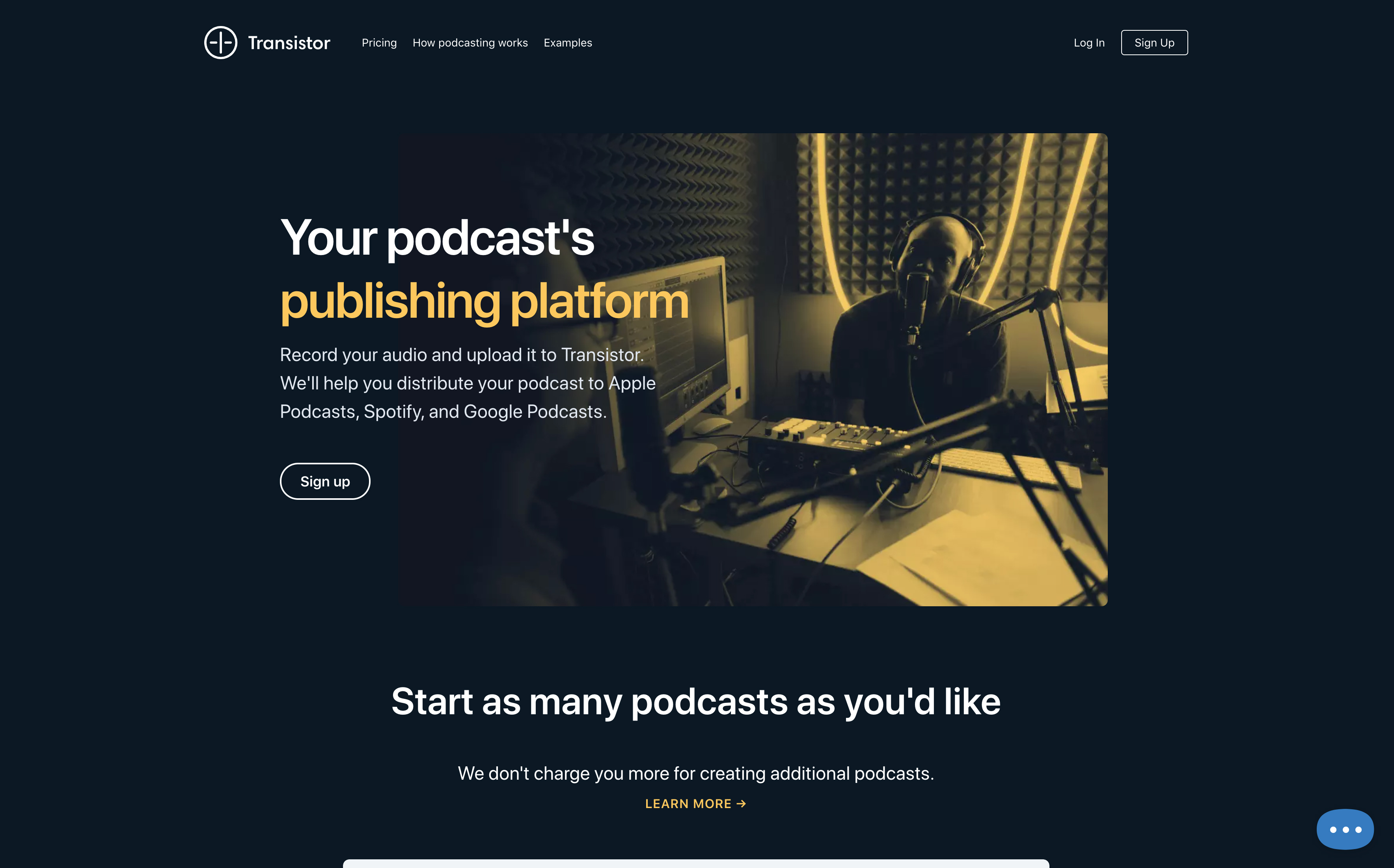
Transistor
Transistor is priced between $19-$99 per month. Like Buzzsprout, it shows you what apps people are using to listen to your show, and offers advanced analytics. The site also features customer support, as well as a guide for getting your podcast out on its ‘How podcasting works’ page.
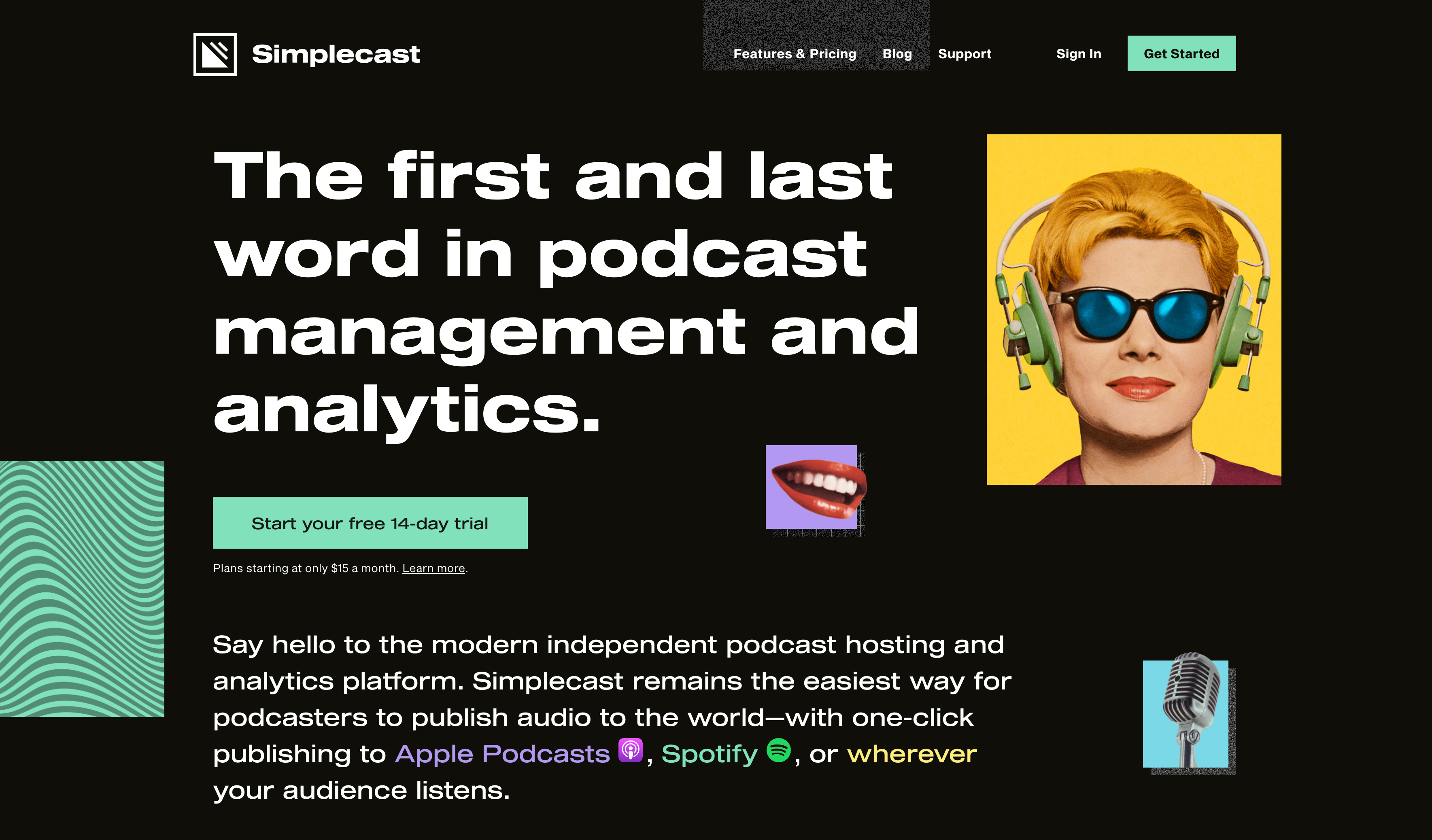
Simplecast
Simplecast offers one-click publishing to Apple Podcasts, Spotify and other major directories. The basic $15 a month package is ideal for beginners and provides unlimited storage and uploads, a customizable show website with custom domain, and 20,000 downloads per month.
Top tips
Sam Gregory’s tips for a successful episode
- Plan ahead
Prepare a rough plan of the main points to cover beforehand to keep your episode on track and avoid rambling too much - Include sections
Have clearly defined sections of the episode, for example an intro, main section and outro. Jingles? They're up to you! - Have great audio
Make sure the audio quality is as good as you can make it with the gear that you have available, but consider investing in one of the best audio recorders. - Be consistent
Keep to a consistent length and release schedule so listeners know what to expect. - Stay relevant
Ask yourself if you find the content interesting. If yes, it should be interesting to your listener base (hopefully).
Read more
The best microphone for vlogging
The best iPhone microphone
The best USB microphones

Lauren is a writer, reviewer, and photographer with ten years of experience in the camera industry. She's the former Managing Editor of Digital Camera World, and previously served as Editor of Digital Photographer magazine, Technique editor for PhotoPlus: The Canon Magazine, and Deputy Editor of our sister publication, Digital Camera Magazine. An experienced journalist and freelance photographer, Lauren also has bylines at Tech Radar, Space.com, Canon Europe, PCGamesN, T3, Stuff, and British Airways' in-flight magazine. When she's not testing gear for DCW, she's probably in the kitchen testing yet another new curry recipe or walking in the Cotswolds with her Flat-coated Retriever.
